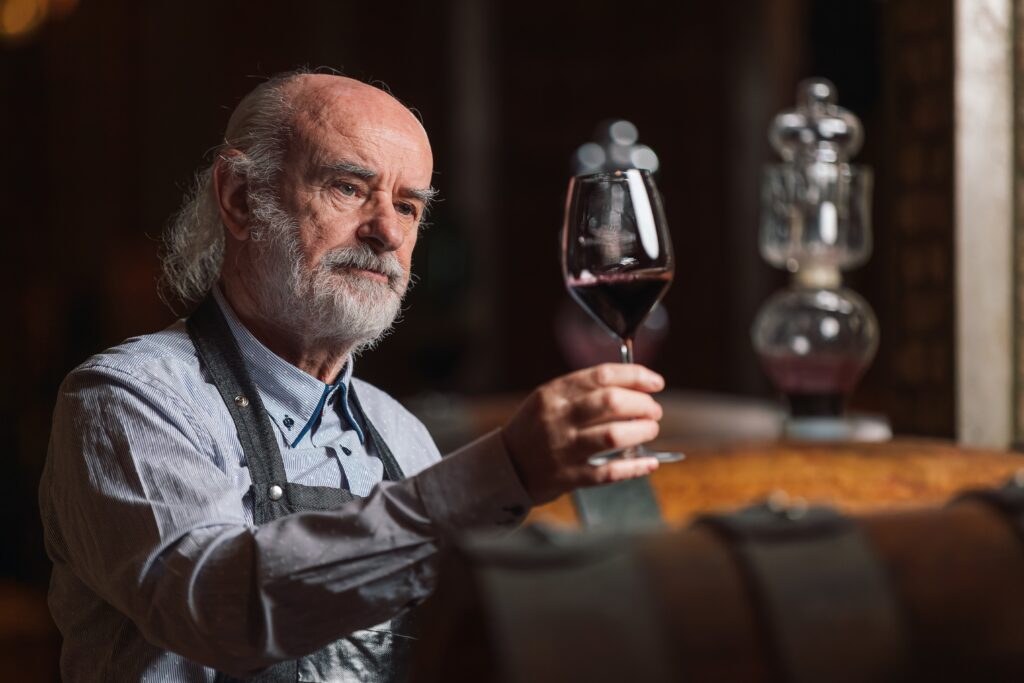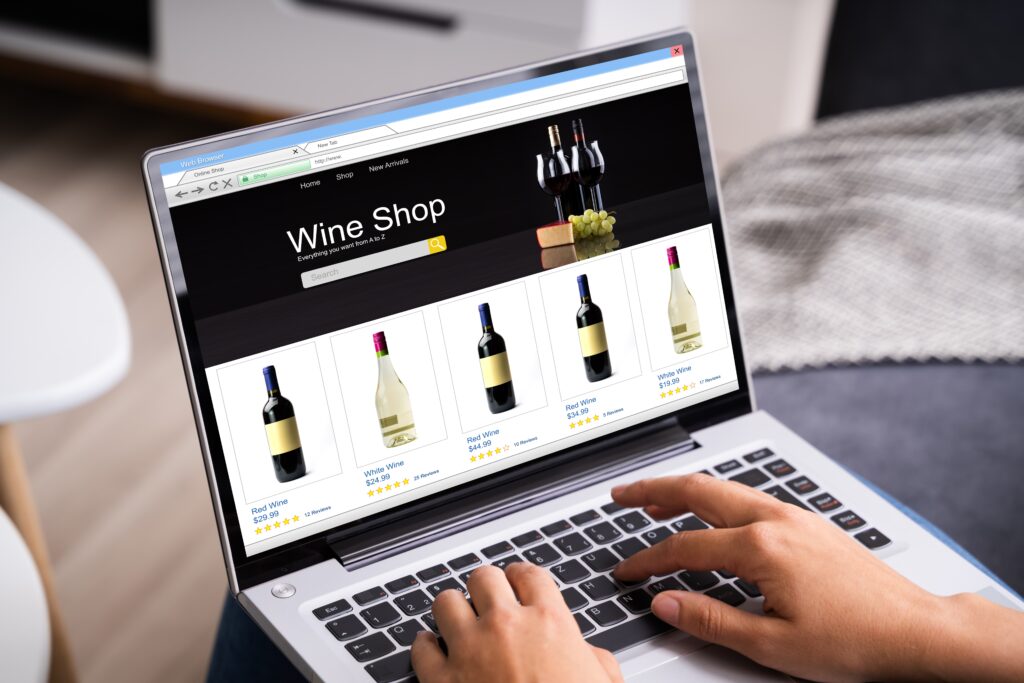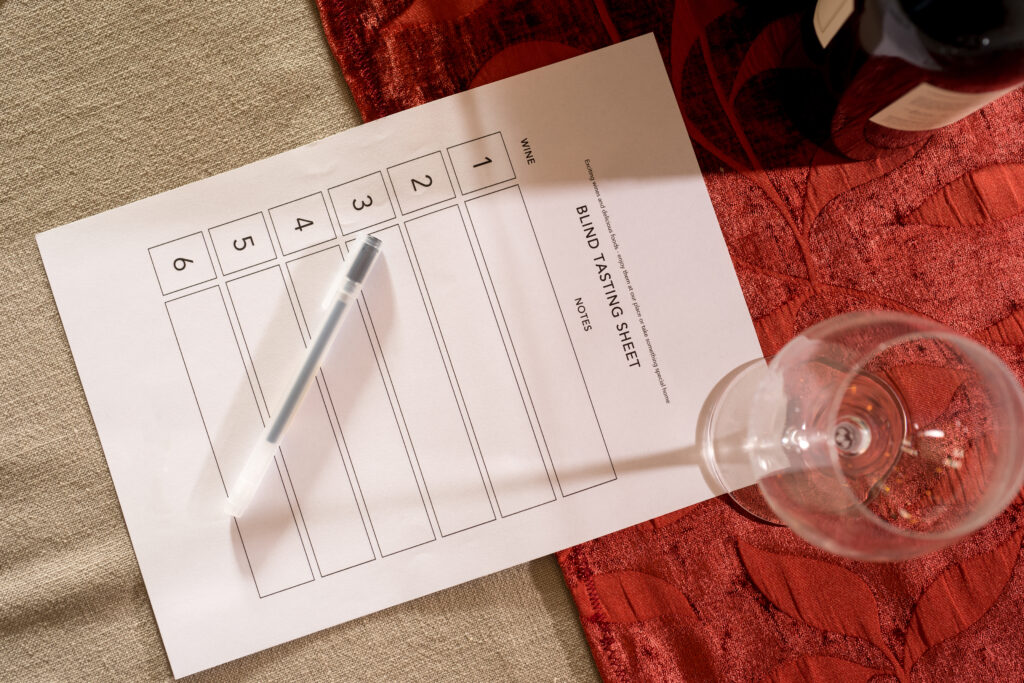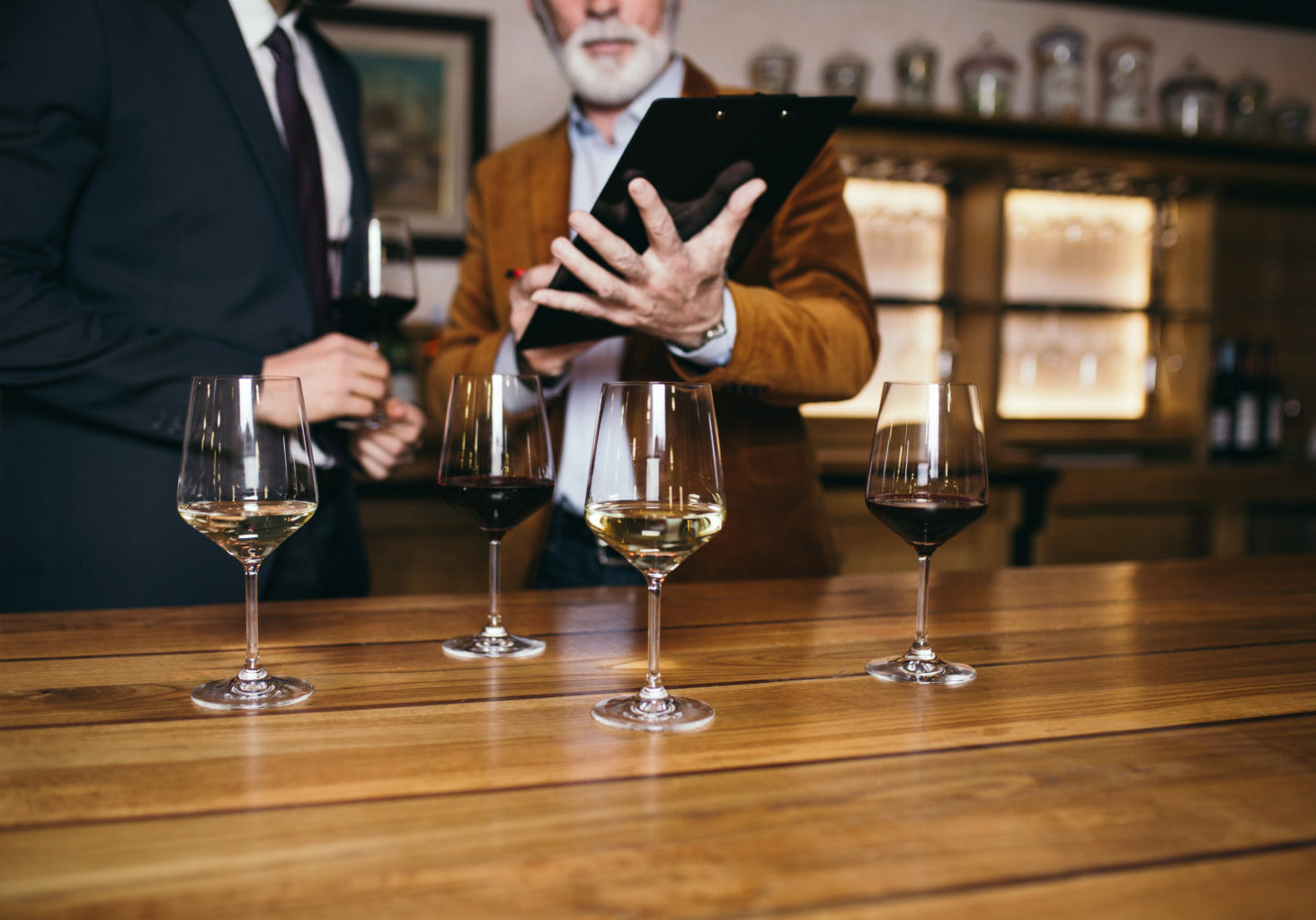Last Updated on October 13, 2023 by
The world of wine is rich in history and tradition.
However, it hasn’t been left untouched by the digital revolution. Today’s expansion of the wine market is tethered to digital mediums more than ever before.
Modern consumers increasingly blend online research with their purchasing decisions. For wineries, understanding and establishing a foothold in the digital realm can be the difference between visibility and obscurity. With these digital marketing efforts wineries should invest in, brands can tap into a global audience, tailor their offerings based on actionable insights, and remain competitive in an evolving marketplace.
1. Website Optimization: Your Digital Cellar Door
With over half of global website traffic coming from mobile in recent years, failing to have a well-optimized website can alienate a significant audience segment. Consider this: 75% of users never scroll past the first page of search results.
Why invest? A winery’s website is its virtual tasting room. Over 55% of global website traffic is mobile. A non-SEO-friendly site risks alienating a vast segment. SEO ensures the website ranks prominently in search results, driving organic traffic. Given that a significant chunk of users doesn’t scroll past search results’ first page, not being there equates to being invisible.
Ways to win: Prioritize a responsive design. Regularly update the website with SEO-rich content, targeting keywords that potential customers might use. This could include terms related to specific wines, the winemaking process, or regional wine attributes. Seamless navigation and speedy load times further enhance user experience, increasing the likelihood of conversions.
2. Content Marketing: Telling Your Winery’s Story
Content humanizes a brand. A study showed that consistent content can lead to 30% higher growth rates for brands. By sharing behind-the-scenes glimpses, origin stories, or winemaking processes, wineries can foster deeper consumer connections.
In a Legends Behind The Craft Episode, Martin Cody discussed how telling the brand’s story through content helped their company, Cellar Angels, empower small wineries. He points out one of the best ways of presenting a winery’s story: “No one is going to sit down and read seven pages about a winery when they can watch a four-minute video and be immersed right in wine country with the individual, either on a lanai at their patio or in their tasting room or in their barrel room. And it just takes you right to Napa and Sonoma.”

Why invest? Content builds relationships. For industries like wine, where the product is often intertwined with stories of heritage, terroir, and craftsmanship, content marketing is a bridge between the brand and the consumer.
Ways to win: Regular blogging offers fresh content for search engines, improving SEO. Immerse into the unique selling points of your wine, from the vineyard’s microclimate to the barrel’s wood type. Use video content for virtual vineyard tours, or intimate chats with the winemaker. This content can be repurposed across platforms, maximizing ROI. Encourage consumers to share their experiences, fostering community and trust.
3. Social Media: Engaging Your Wine Enthusiasts
Social media is today’s word-of-mouth. It’s where consumers celebrate, criticize, and curate their lives. Social media platforms cater to over a billion users. Ignoring such a vast pool is a missed opportunity.
Why invest? Social media platforms offer direct engagement pathways. For wineries, budgeting for both organic posts and paid ads can boost visibility. Engaging with followers, running contests, or collaborating with influencers can lead to higher engagement rates, which algorithmically boosts post visibility.
Ways to win: Understand where your audience spends time. Younger consumers might flock to Instagram and TikTok, while older ones might be more active on Facebook. Tailor content accordingly. Use striking visuals, leverage user-generated content, and run interactive campaigns or polls. Paid promotions can amplify reach, but they should be used judiciously, targeting demographics that align with the brand.
4. Email Marketing: Cultivating Direct Relationships
Direct relationships with patrons are gold. Email remains an intimate and enduring touchpoint between businesses and consumers. It bypasses the noise of social feeds, offering a direct line to the recipient, unfiltered and undistracted. For wineries, this presents an invaluable opportunity.
Why invest? Despite the plethora of communication tools available, email remains a personal and direct line to the consumer. Studies have shown that for every dollar spent on email marketing, the average ROI is $42.
Ways to win: Beyond promotional content, emails should offer value. This could be in the form of exclusive deals, insights into the winemaking process, or tailored wine recommendations. Segmentation tools can tailor emails based on the subscriber’s past interactions, increasing engagement and conversion rates. Automation tools can further streamline campaigns, sending triggered emails based on user behavior.
5. Online Sales and eCommerce: Boosting Direct-to-Consumer Sales
Online shopping has reshaped the way consumers discover, evaluate, and purchase products. For wineries, this means opportunities to reach wider audiences and harness the convenience and accessibility that digital platforms offer.

Why invest? The world is increasingly moving to online shopping, with the convenience it provides to consumers. For wineries, leveraging eCommerce isn’t just about staying current; it’s about tapping into a vast market and realizing higher profit margins.
Ways to win: A smooth online shopping experience is tantamount to a helpful salesperson in a physical store. It’s essential to provide all relevant details about the wine (origin, tasting notes, age, etc.) along with clear shipping and return policies. Implementing an intuitive checkout process reduces cart abandonment rates. Consider subscription models, which not only assure consistent sales but also enhance customer loyalty. Personalized recommendations based on past purchases or browsing history can upsell or cross-sell products, increasing transaction values.
6. Online Advertising: Finding the Right Audience
With the tools and platforms available today, it’s possible to filter through the noise and connect directly with a target audience. The precision and customization potential of digital advertising make it a treasure trove for wineries.
For small wineries, before finding the right audience, you should first establish your vision and stick to that. In the same podcast episode, Cody reiterates: “The small winery has to recognize what their vision is. If their vision is to make vineyard-specific varietal designate wines and be the best possible producer, great, that’s your vision. You have to stick to that.”
Why invest?With the right strategy, every penny spent on online advertising can be accounted for in terms of visibility, engagement, and sales. It ensures that their marketing messages resonate with the right people at the right time. Platforms like Google and Facebook offer powerful targeting capabilities, allowing brands to reach audiences with precision.
Ways to win:Start by identifying target keywords for PPC campaigns. For wineries, these could range from general terms like “red wine” to more specific ones like “Napa Valley Cabernet.” Retargeting campaigns can recapture the interest of those who’ve visited the website but haven’t made a purchase. For local wineries, geo-targeting can advertise events, tastings, or promotions to nearby residents, maximizing footfall and sales.
7. Reviews and Reputation Management
In an age where a single review can sway countless purchasing decisions, understanding and managing online reputation is of paramount importance. With the proliferation of online review platforms, this word-of-mouth mechanism has been supercharged. Every review, may it be positive or negative, paints a picture of a winery’s brand, impacting its credibility and trustworthiness.
Why invest? Consumers trust peer reviews. A study found that 91% of millennials trust online reviews as much as personal recommendations. For wineries, managing online reputation is integral for trust-building.

Ways to win: Claim and regularly monitor profiles on review platforms. Address all feedback, showing patrons that their voices matter. For positive reviews, a simple thank you can work wonders. For negative ones, a constructive approach that addresses concerns while upholding the brand’s stance is essential. Additionally, use feedback to refine offerings. Consider incentives or campaigns that encourage happy customers to leave positive reviews.
8. Analytics and Data: Measuring Your Success
“Without data, you’re just another person with an opinion.” This statement by W. Edwards Deming underscores the significance of data in decision-making. Data isn’t just numbers—it’s the heartbeat of strategies. For wineries keen on optimizing their digital marketing endeavors, harnessing and understanding analytics is non-negotiable.
Why invest? In digital marketing, data is the compass. It reveals what’s working, what’s not, and provides insights into consumer behavior. Investing in analytics ensures that the marketing budget is used efficiently and effectively.
Ways to win: Use tools like Google Analytics to track website activity. Identify which sources drive the most traffic and which pages hold visitors’ attention. Monitor conversion rates to understand how many visitors turn into buyers. Set KPIs that align with business objectives, be it increasing website visits, growing the email subscriber list, or boosting sales. Regularly review and tweak strategies based on data insights, ensuring they remain aligned with evolving market dynamics.
The digital age has transformed the way businesses operate, and the wine industry is no exception. In the ever-evolving digital landscape, wineries have an array of tools at their disposal–from their websites serving as virtual tasting rooms to harnessing the power of online advertising to reach targeted audiences. Email marketing provides a direct channel to cultivate enduring relationships, while online reviews shape brand perceptions in profound ways.
However, as with any fine wine, the key lies in the blend. It’s the holistic integration of these digital strategies, backed by actionable insights from analytics, that will drive success. As wineries venture deeper into the digital realm, the opportunity is ripe for those ready to adapt, innovate, and engage. We at Barrel’s Ahead are willing to help you in harnessing the power of digital marketing for your brand’s continued growth and success. Talk to us.
